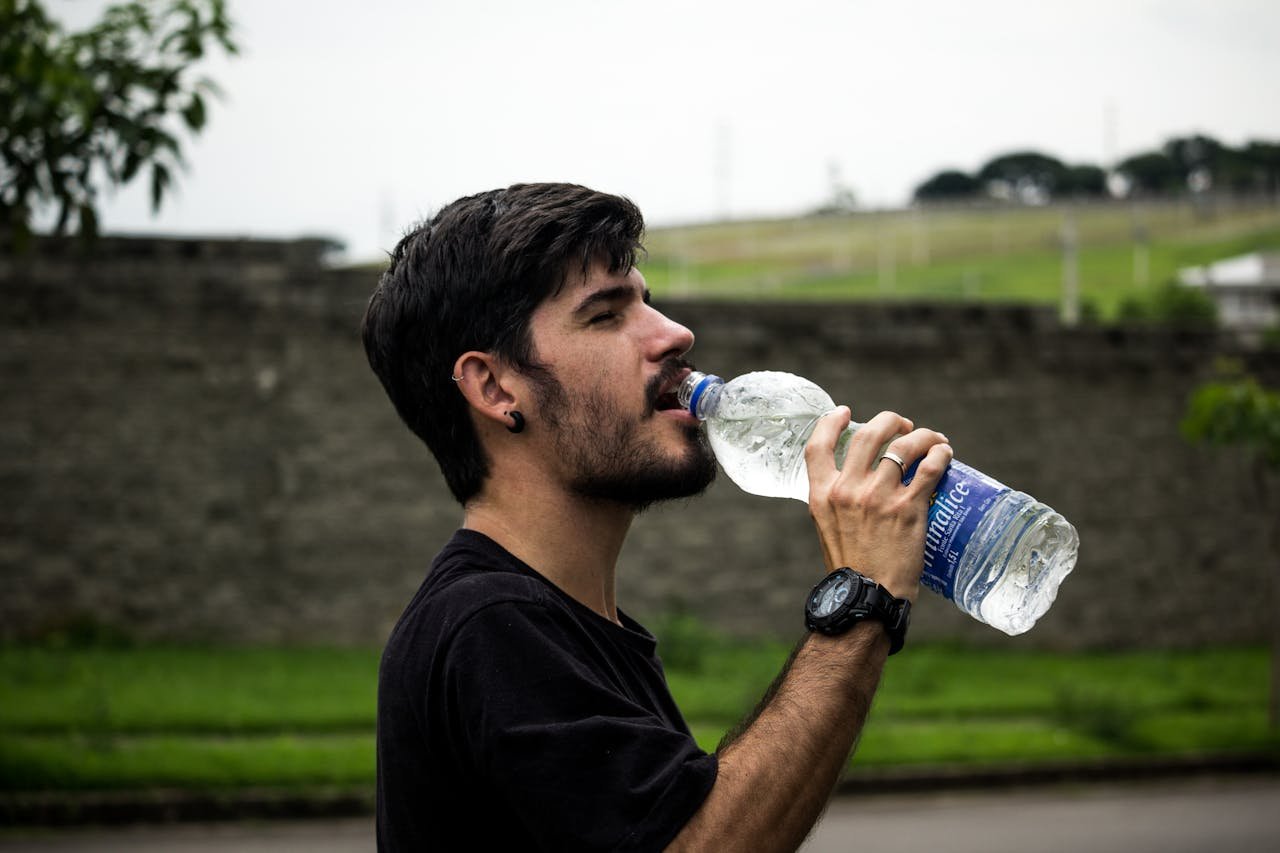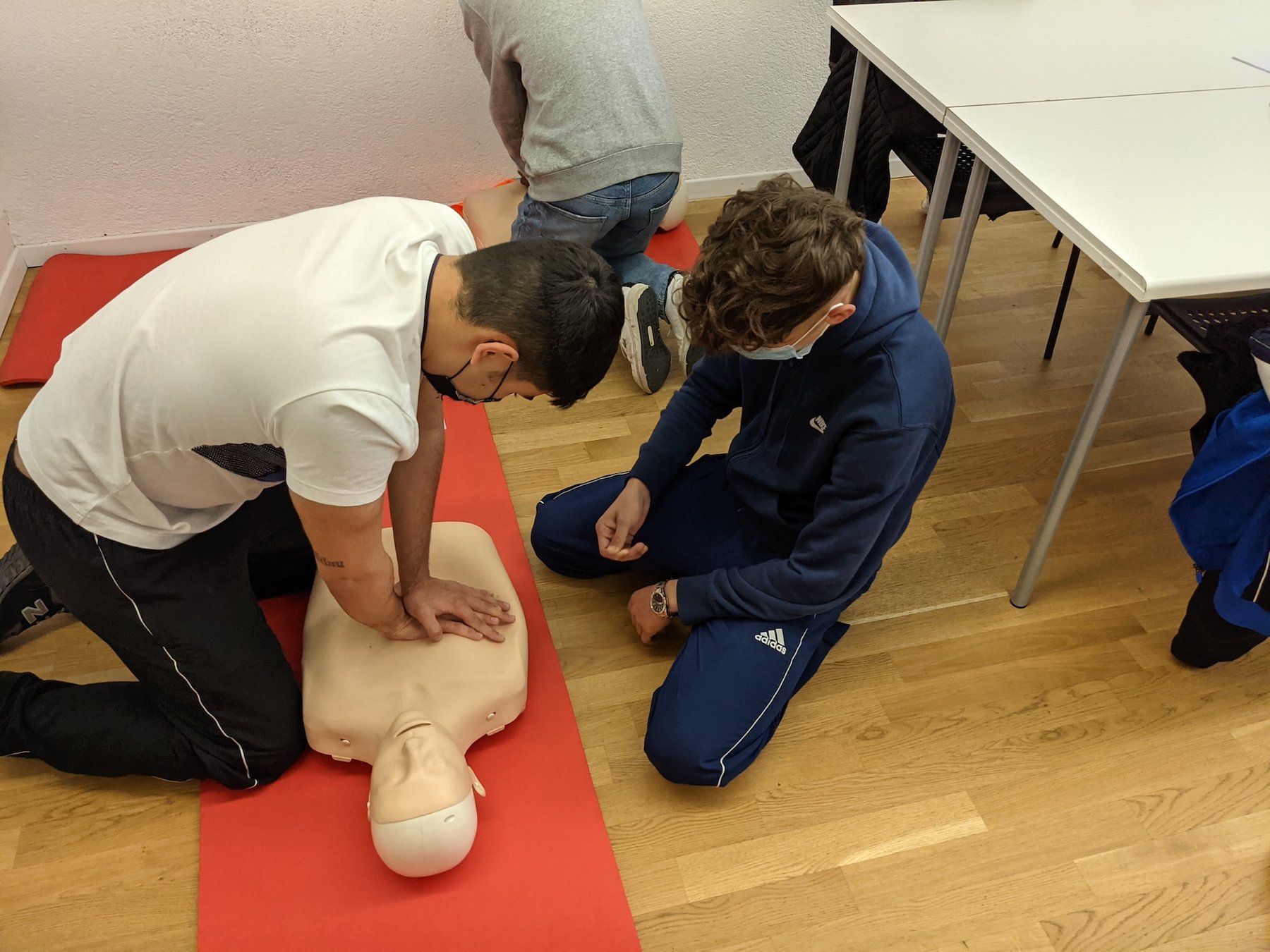Every year, hospitals worldwide witness 134.2 million adverse health events leading to 2.6 million unfortunate fatalities, reveals the World Health Organization (WHO).
Many of these incidents could have been mitigated or prevented if first-aid measures were applied promptly.
This glaring insight underscores how invaluable it is for us to comprehend rudimentary lifesaving skills.
In this article, you'll learn the fundamentals of first aid and training you could take today.
What is First Aid?
First Aid refers to the emergency treatment given to an injured or sick person before professional medical help arrives.
Your primary goals are to preserve life, prevent the worsening of the condition, and promote recovery.
Though some skills like cardiopulmonary resuscitation (CPR) can be complex, many first aid resources could be simple measures that anyone can learn.
Importance of First Aid
The immediate aid provided at the scene of an emergency can greatly influence the outcome.
According to a cohort study through the Singapore registry, bystander CPR was administer 48% between 2011 to 2016.
The survival rates can triple if bystander CPR is provided immediately after cardiac arrest.
Quick actions not only minimize the severity of injuries or illnesses but also extend the critical window for professional treatment if necessary.
Key First Aid Techniques Everyone Should Know
When faced with an emergency situation, knowing what to do can significantly impact the outcome. A few simple first aid techniques, when properly applied, can mean the difference between life and death.
As such, this section provides an overview of key first aid techniques that everyone should be familiar with, not only to protect their own safety, but also potentially to save the lives of others.
From providing CPR to controlling bleeding, these are essential skills that can make a critical difference in emergencies.
-
CPR and Automated External Defibrillator (AED) use: Knowing how to correctly perform CPR and use an AED can save lives during cardiac emergencies.
-
Control bleeding: Quick action to slow or stop bleeding can prevent life-threatening blood loss.
-
Choking relief: Actions like the Heimlich maneuver can clear the airway and prevent suffocation.
-
Positioning people: Proper positioning, like the recovery position, can clear airways and limit further injury.
-
Recognition of life-threatening emergencies: Recognizing signs of stroke, heart attack, and other critical health conditions allow quick response and emergency service contact.
First Aid Kit: A Must-Have
The availability of a well-stocked first aid kit can be crucial during an emergency, especially in instances where medical help may not be immediately available.
A multitude of accidents can be adequately managed with the resources from a basic first aid kit.
The following are some essential items to include in your first aid kit:
-
Bandages: Several types of bandages, such as adhesive, roller, triangular, and butterfly bandages, serve different purposes. They are used as a support, to hold dressings in place, control bleeding, and prevent infection.
-
Sterile Dressings: These are used to cover wounds and promote healing. They come in a variety of sizes to accommodate different wound types.
-
Disposable Gloves: Wearing gloves is vital when dealing with blood or body fluids to prevent any cross-contamination.
-
Scissors and Tweezers: These are practical items for cutting bandages or tape, and removing splinters or other foreign objects from a wound.
-
Alcohol-Free Wipes: These are used to clean the area around wounds before applying a dressing. Always avoid cleaning the wound itself as it can cause further damage.
-
Plasters of Different Sizes: Plasters are great for covering small cuts, blisters, or abrasions to protect them from infection.
-
Resuscitation Face Shield: This is used during CPR to prevent direct contact and cross-contamination when doing mouth-to-mouth resuscitation.
-
Antiseptic Cream: Applied to cuts, blisters, or burns, antiseptic cream can prevent infection and promote faster healing.
-
Painkillers: Medications such as paracetamol or ibuprofen can help manage pain or reduce fever. Be sure to check expiration dates regularly.
-
First-Aid Manual: In case of panic or confusion, an instruction manual may be handy to provide a basic guidance on handling common incidents.
For example, if someone gets a cut, you can use alcohol-free wipes to clean around the wound, then apply an antiseptic cream. If the cut is not too deep, a plaster can be used to cover it; for deeper cuts, a sterile dressing with a bandage to keep it in place might be necessary.
All of these steps are carried out while wearing disposable gloves.
Regularly checking your first aid kit and replenishing it ensures that it's always ready when needed. Remember, it's always better to be prepared before an emergency strikes!
Can you purchase an AED?
Yes, you can purchase an AED. Anyone can use an AED whether or not they have formal training. AED has been designed for emergencies and is simple enough for a layperson to use.
The device has an in-built voice prompt which provides clear step-by-step instructions on what the user should do.
How Much Does It Cost to Buy an AED?
The cost of an AED can vary between $2500 to over $2900 depending on the model and features of the device. However, this price can vary depending on the features and accessories included.
You could buy an AED from Singapore Heart Foundation. Click here to browse all the models.
With every AED purchased, the organisation will be entitled two slots of complimentary CPR+AED Certification Course (Blended Learning).
What Is First Aid Training and Why Is It Important to Learn?
First aid training goes beyond textbook learning; it is hands-on, practical education that provides life-saving skills that can be crucial during a health crisis.
Considering statistical data, 74% of out of hospital cardiovascular incidents occur within the home and only over 6% of people survive. The people you are most likely to help with your first aid skills could be your loved ones or close friends.
First aid training provides individuals with the confidence and abilities to provide assistance during emergencies, regardless of the circumstances.
The significance of first aid training lies in immediate care. A few minutes can be a matter of life and death in many emergencies.
For example, an average ambulance response time could exceed 8-14 minutes, depending on location. In such situations, administering first aid could be the deciding factor for survival.
Importantly, training also helps in inculcating a sense of calm. It allows you to take control of the situation and make clear-headed decisions without panicking, which in itself can sometimes escalate the situation.
The training focuses on enabling individuals to recognize the signs and symptoms of various injuries and illnesses. It offers comprehensive instruction on daily emergency health complications, including:
- Choking hazards
- Bleeding control
- Recognizing strokes and heart attacks
- Proper administering of cardiopulmonary resuscitation (CPR).
Here are some organizations in Singapore that provide various first aid trainings you could enroll today.
- Singapore First Aid Training Centre (SFATC)
- Red Cross Singapore
- Singapore Emergency Responder Academy
- Singapore Heart Foundation
Some of these courses might be available for Course Funding for Singaporean or Singapore PR.
Conclusion
The need for First Aid cannot be overstated. A majority of critical health emergencies require immediate action, and basic first aid skills can be the decisive factor influencing the outcome. Therefore, it is vital that people learn these simple yet effective techniques, be prepared, and act in a timely manner.
First aid truly is the first step to effective emergency response, with the power to save lives and reduce suffering. Remember, the life saved could very well be that of those you love.




